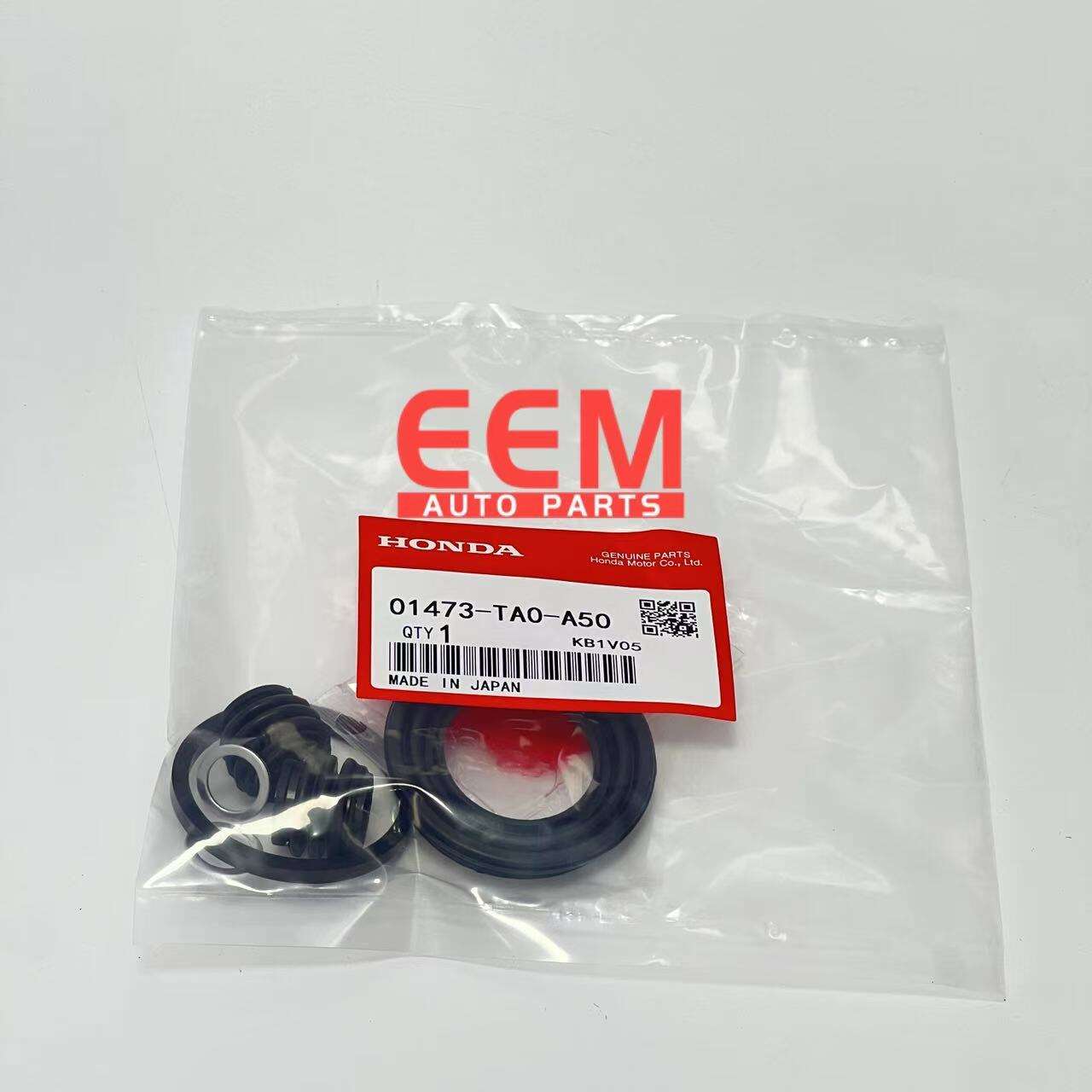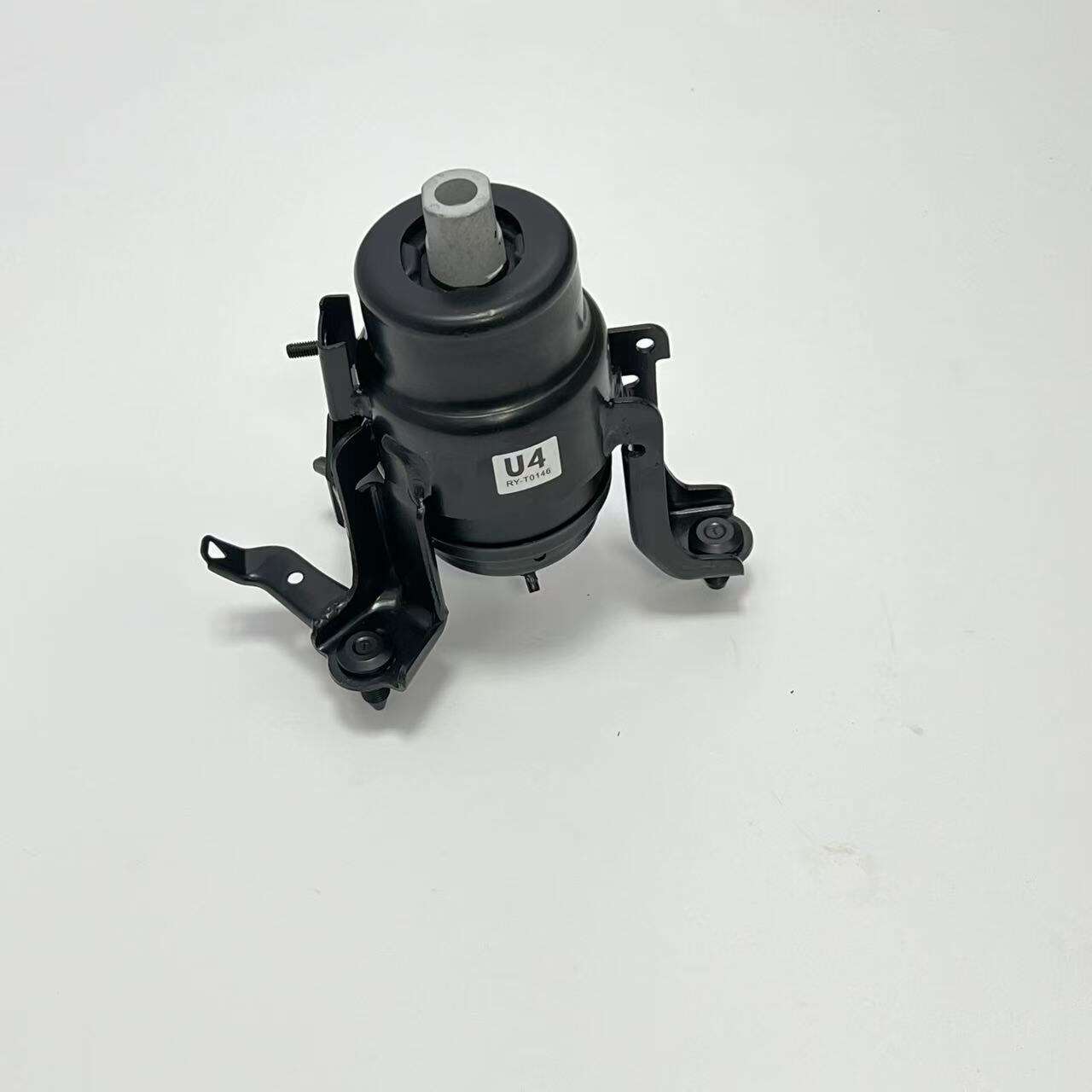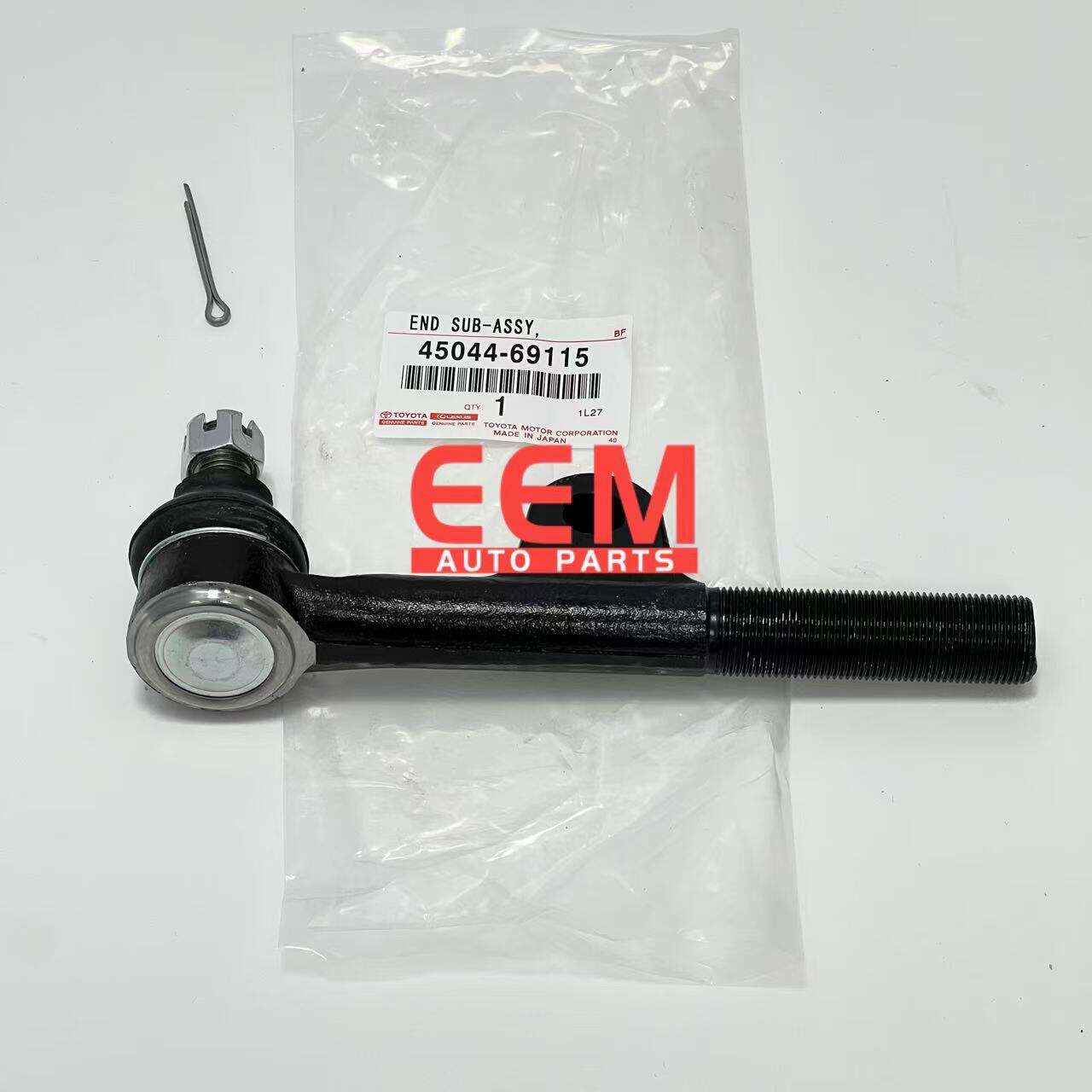suspension camber
Suspension camber is a critical geometric parameter in vehicle suspension systems that refers to the angle between the vertical axis of the wheel and the vertical axis of the vehicle when viewed from the front or rear. This fundamental aspect of suspension geometry plays a vital role in determining a vehicle's handling characteristics, tire wear patterns, and overall performance. When properly adjusted, camber angle helps optimize tire contact with the road surface, particularly during cornering maneuvers. Positive camber occurs when the top of the wheel tilts outward from the vehicle, while negative camber is when the top of the wheel tilts inward. Most modern vehicles are designed with a slight negative camber setting to enhance stability and cornering capability. The suspension camber system often incorporates adjustable components that allow for precise alignment modifications to suit different driving conditions and requirements. Advanced suspension camber setups may include dynamic camber control systems that automatically adjust the wheel angle based on driving conditions, speed, and cornering forces. This technology has become increasingly sophisticated with the integration of electronic sensors and control modules that can make real-time adjustments to optimize vehicle performance and safety.


